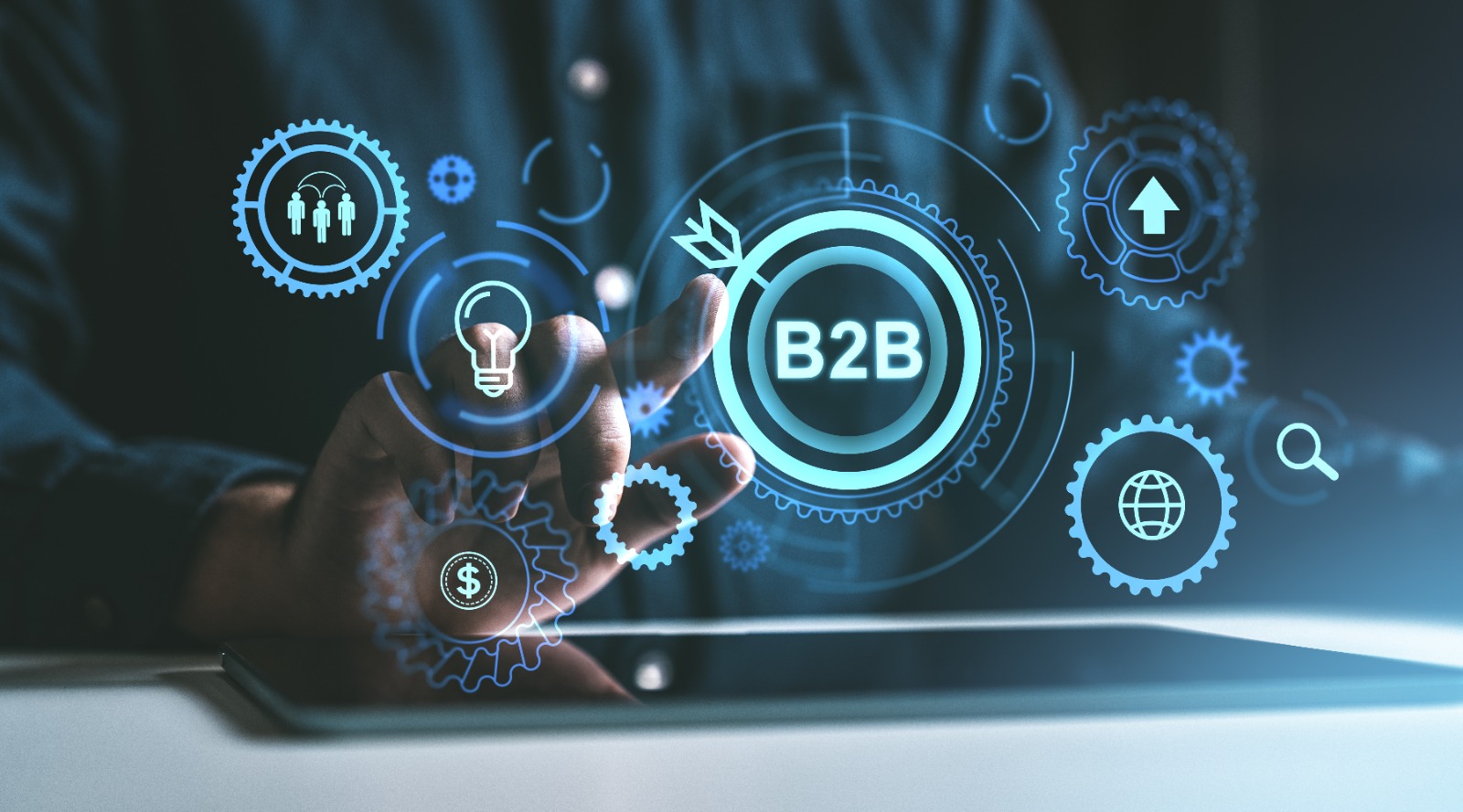Integration of Systems for Connected Companies

Why integrate your systems with BRISA?
Our integration approach eliminates information silos, automates processes, and creates a unified view of your business data.
Continuous Data Flow
We eliminate information silos, allowing data to flow freely between systems, departments, and business processes.
Process Automation
We automate workflows between systems, reducing manual errors and freeing your team for higher-value tasks.
Unified Vision
We create dashboards and reports that consolidate data from multiple sources for more precise insights and informed decisions.
Security and Compliance
We implement secure integrations that protect your data and ensure compliance with regulations like LGPD and GDPR.
Flexible Architecture
We develop scalable solutions that evolve with your business, allowing you to add new systems and functionalities as needed.
Legacy Integration
We connect legacy systems with new technologies, maximizing your existing investment while enabling gradual modernization.
Comprehensive Integration Solutions
We offer a wide range of integration services to connect all aspects of your digital ecosystem.
Enterprise Application Integration (EAI)
We connect your internal systems like ERP, CRM, HR, and finance to create a continuous flow of information between departments.
- Bidirectional real-time data synchronization
- Data mapping and transformation between systems
- Orchestration of business processes between applications
- Monitoring and alerts for integration failures

B2B Integration
We establish secure and efficient connections with partners, suppliers, and customers to optimize your value chain.
- EDI (Electronic Data Interchange) for document exchange
- Partner and supplier portals
- Integration with marketplaces and e-commerce platforms
- API management for external partners

Data Integration
We unify data from multiple sources to create a consolidated and reliable view of your business information.
- ETL (Extraction, Transformation, and Loading) of data
- Data warehousing and data lakes
- Synchronization of heterogeneous databases
- Data quality and governance

API and Microservices Integration
We develop and manage modern APIs to securely and scalably connect internal and external applications.
- Development of RESTful and GraphQL APIs
- API gateway with security and access control
- Documentation and developer portal
- Performance and usage monitoring of APIs

Integration Technologies and Platforms
We use the most advanced technologies and platforms to create robust, secure, and scalable integrations.
APIs and Web Services
We develop and manage modern APIs that enable efficient communication between systems, applications, and business partners, focusing on security and performance.
- Development of RESTful, SOAP, and GraphQL APIs
- API gateways for centralized management
- Security with OAuth, JWT, and access control
- Interactive documentation with Swagger/OpenAPI
- Monitoring and analysis of API usage

ESB and Middleware
We implement Enterprise Service Bus (ESB) and middleware solutions that centralize and orchestrate communication between multiple systems and applications.
- Implementation of ESB platforms like MuleSoft and WSO2
- Orchestration of business processes between systems
- Data transformation and mapping between formats
- Intelligent message routing
- Queue management and asynchronous messaging

Cloud Integration
We use cloud integration platforms (iPaaS) to connect SaaS applications, on-premises systems, and cloud services quickly and efficiently.
- Implementation of iPaaS platforms like Dell Boomi and Informatica
- Integration between SaaS applications like Salesforce, SAP, and Workday
- Pre-built connectors for hundreds of applications
- Process automation between cloud applications
- Centralized monitoring and management of integrations

IoT and Edge Computing
We develop integration solutions for IoT and edge computing devices, connecting the physical world with your business systems for real-time analysis and automation.
- Integration of IoT devices with corporate systems
- Edge data processing for latency reduction
- Specific IoT protocols like MQTT and CoAP
- Real-time data analysis from sensors and devices
- Security and management of connected devices

Our Integration Process
Structured methodology that ensures robust, secure, and business-aligned integrations.
Analysis and Mapping
We analyze your systems, data, and processes to identify integration opportunities and define detailed requirements.
Architecture and Design
We design the ideal integration architecture, selecting the most suitable technologies and approaches for your goals.
Implementation
We develop integrations focusing on security, performance, and scalability, following market best practices.
Testing and Deployment
We conduct rigorous testing and deploy integrations with continuous monitoring to ensure flawless operation.
Frequently Asked Questions
Answers to common questions about system integration.
Is it possible to integrate legacy systems with new technologies?
Yes, we have extensive experience in connecting legacy systems with modern technologies. We use various approaches, such as developing custom adapters, APIs, middleware, and data extraction techniques to create bridges between old and new systems, preserving your investment while enabling gradual modernization.
How long does it take to implement a system integration?
The implementation time varies according to the complexity and scope of the project. Simple integrations can be completed in 4-6 weeks, while more complex projects involving multiple systems can take 3-6 months. We work with an incremental approach, delivering value in phases so that you can start seeing results quickly.
How do you ensure data security during integration?
Security is a priority in all our integration projects. We implement data encryption in transit and at rest, robust authentication, role-based access control, activity auditing, and compliance with regulations such as LGPD. We also conduct regular security tests to identify and mitigate vulnerabilities.
What types of systems can you integrate?
We have the ability to integrate virtually any type of system, including ERPs (SAP, Oracle, Microsoft Dynamics), CRMs (Salesforce, Microsoft Dynamics), HR systems, e-commerce platforms, financial systems, SaaS applications, proprietary legacy systems, databases, IoT devices, and much more.
How is support provided after the integration is implemented?
We offer different levels of post-implementation support, from basic monitoring to full integration management. Our services include proactive monitoring, quick issue resolution, security updates, performance optimizations, and adjustments to accommodate changes in integrated systems.
Is it possible to scale integrations as the business grows?
Absolutely. We design our integration solutions with scalability in mind from the beginning. We use modular architectures, microservices, and cloud technologies that allow horizontal scaling as the volume of data and transactions increases. This ensures that integrations continue to function efficiently even with significant growth in your business.
Ready to connect your systems and transform your business?
Let’s discuss your integration needs and show how we can help eliminate information silos and increase operational efficiency.